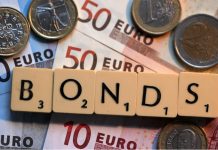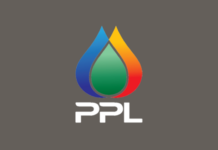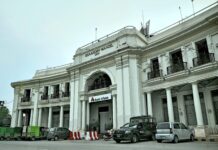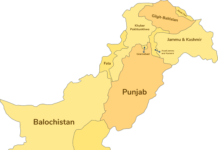ISLAMABAD: The government is likely to increase the price of High-Speed Diesel (HSD) by Rs9.60 per litre from November 16, 2025, while petrol prices may fall slightly by Rs1.96 per litre.
According to industry sources, the ex-depot sale price of HSD is expected to rise from Rs278.44 to Rs288.04 per litre, marking an increase of 3.4 percent, driven by higher global diesel prices. In contrast, petrol (PMG) is likely to see a nominal decrease from Rs265.45 to Rs263.49 per litre, a reduction of 0.7 percent.
Meanwhile, the prices of Kerosene oil and Light Diesel Oil (LDO) are projected to increase notably. The price of kerosene may go up by Rs8.82 per litre, reaching Rs193.87, while LDO is expected to rise by Rs7.15 per litre to Rs171.13 per litre.
At the ex-refinery level, diesel, kerosene, and light diesel prices have recorded increases ranging between 5percent and 5.6pc, whereas petrol’s refinery rate shows a decline of 1.2%.
As per sources, these adjustments reflect recent movements in Platts international prices, with no exchange rate adjustment factored in and existing Petroleum Levy (PL) and Carbon Surcharge (CSL) maintained at Rs80.52 per litre for petrol and Rs79.51 per litre for diesel.
The final decision on domestic fuel prices will be announced after reviewing the remaining two days of international oil quotations, which could cause minor variations in the final figures.
Petroleum products are the backbone of Pakistan’s transport, agriculture, and industrial sectors. High-Speed Diesel (HSD) fuels trucks, buses, agricultural machinery, and irrigation tube wells, and its price has a direct bearing on goods transport costs and food inflation. Petrol (PMG) is mainly used in private vehicles and motorcycles, making it essential for urban mobility. Kerosene oil remains a key fuel in rural and off-grid households for cooking and lighting, while Light Diesel Oil (LDO) is consumed by small industries and backup generators for power generation. Collectively, these fuels influence transportation fares, crop production costs, industrial output, and overall inflation trends in the country.
























